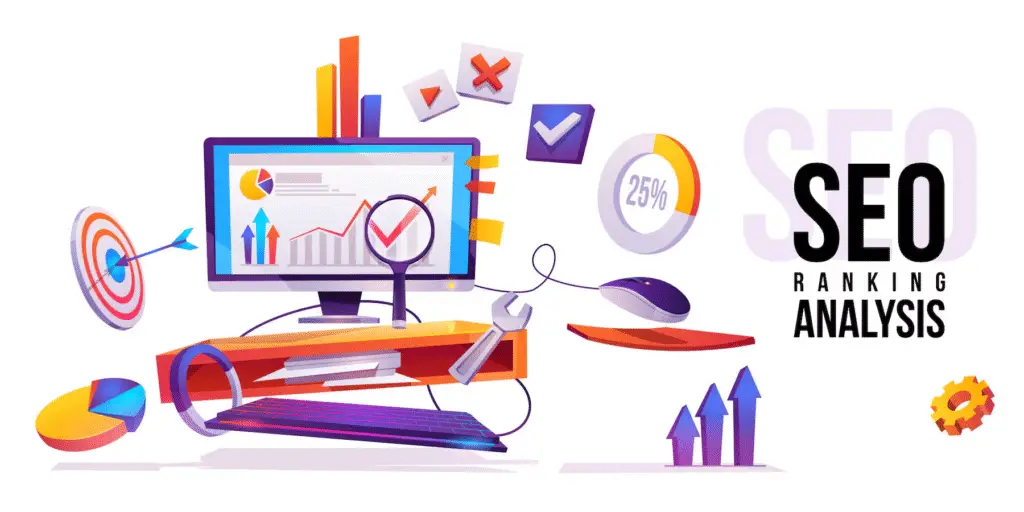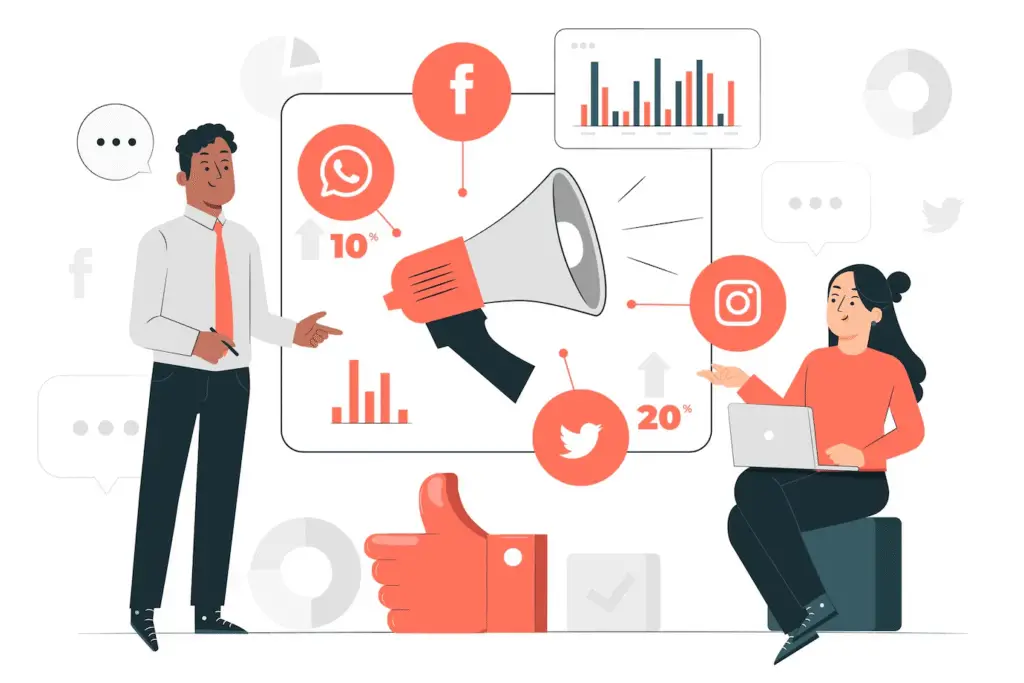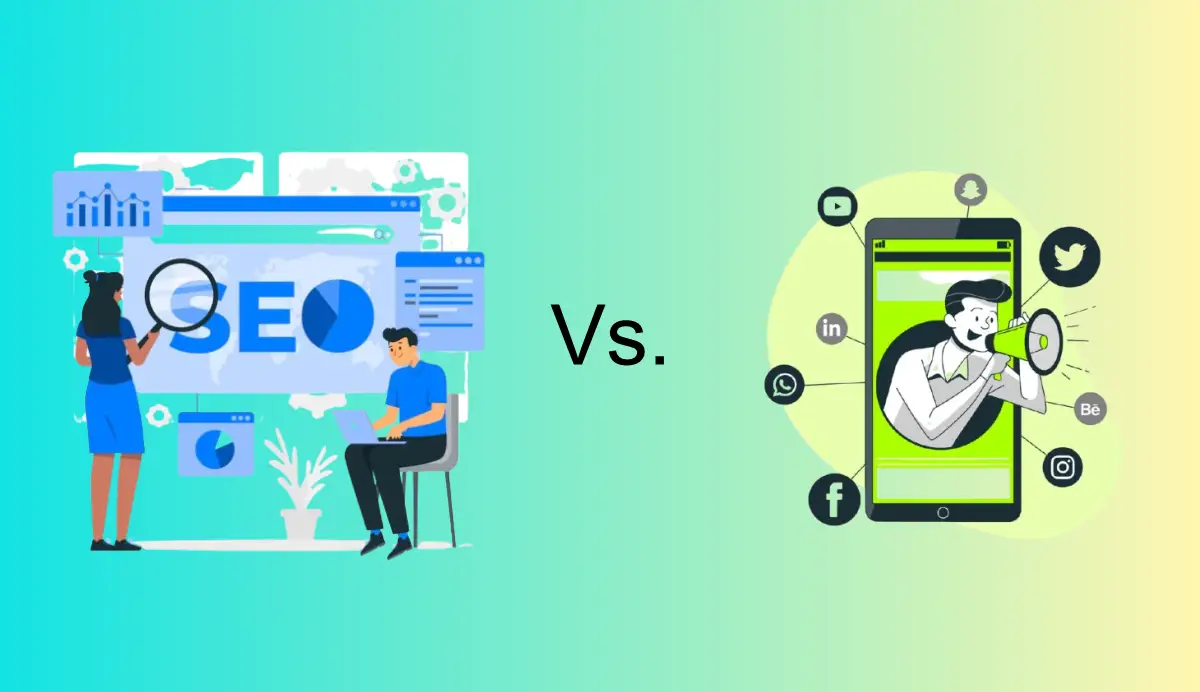In today’s digital-first business world, website traffic is the fuel that powers online visibility, lead generation, and business growth. Every visit to your website is a potential conversion, whether that means a sale, a subscription, or a brand interaction. But as businesses scale their digital strategies, one question consistently arises: Which is the better traffic channel — SEO or social media?
Both search engine optimization (SEO) and social media marketing (SMM) offer compelling methods of bringing in visitors. However, they differ greatly in how they work, what results they deliver, and how sustainable their traffic is over time.
This comprehensive guide breaks down both SEO and social media, explains how each drives traffic, and gives you a clear comparison to help determine which channel is better suited for your marketing goals — or how you can use both together for maximum impact.
Why Website Traffic Matters
Before we compare SEO and social media, it’s crucial to understand why driving traffic is one of the most important objectives in digital marketing:
- Brand Visibility: The more users that land on your site, the more awareness they have of your brand.
- Lead Generation: Every visitor is a potential lead. Targeted traffic means higher chances of conversions.
- Customer Insights: Traffic analytics reveal user behavior, content preferences, and pain points.
- Revenue Growth: More visitors increase the chances of product/service purchases or ad clicks.
- Digital Authority: High traffic, especially from search engines, boosts your site’s authority in your niche.
How SEO Drives Website Traffic

What is SEO?
Search Engine Optimization (SEO) is the process of optimizing your website to rank higher in search engine results pages (SERPs), primarily Google. This is done by improving content quality, relevance, user experience, site structure, and earning authoritative backlinks — all factors that help search engines understand and recommend your site for specific search queries.
Key SEO Traffic Drivers
1. Keyword Research & Intent Matching
Traffic from SEO starts with keyword targeting. This means identifying what your audience is searching for and aligning your content with that intent.
- Tools to Use: Google Keyword Planner, Ahrefs, SEMrush, Ubersuggest
- Types of Keywords:
- Short-tail: “digital marketing”
- Long-tail: “how to improve website SEO for small business”
- User Intent:
- Informational: “What is SEO?”
- Navigational: “Yoast SEO plugin”
- Transactional: “Buy SEO services online”
2. Content Creation for SEO
Once you know what your audience wants, create content that matches their expectations.
- Use keywords naturally
- Answer search queries comprehensively
- Incorporate visuals and examples
- Keep content updated to maintain relevance
3. On-Page SEO
Optimizing individual web pages ensures that both users and search engines understand your content.
- Title Tags & Meta Descriptions: Write concise, compelling meta titles (under 60 characters) and descriptions (under 160 characters) that include keywords.
- Header Tags (H1, H2, H3): Structure your content using headers to guide both readers and bots.
- Internal Linking: Link related content to improve navigation and distribute authority.
4. Technical SEO
This focuses on site structure and performance.
- Mobile-friendliness: Use responsive design; mobile-first indexing is now standard.
- Site speed: Compress images, enable caching, use CDNs.
- Secure browsing: Implement HTTPS via SSL certificates.
- Crawlability: Submit sitemaps, use robots.txt wisely, fix broken links.
5. Backlinks and Off-Page SEO
Backlinks from authoritative websites act as votes of confidence. They show search engines that your content is trustworthy and valuable.
- Strategies:
- Guest posting on reputable sites
- Creating shareable assets (infographics, reports)
- Skyscraper technique: improve on competitors’ top-performing content
Pros of SEO
- Sustainable Results: Once content ranks, it can bring traffic for months or even years.
- Cost-Effective: Organic traffic is free; you invest time, not ad spend.
- High-Intent Visitors: People using search engines are often closer to a purchasing decision.
- Scalable: SEO efforts compound over time.
Cons of SEO
- Slow Start: Results can take 3–6 months or longer.
- Algorithm Updates: Changes to Google’s algorithm can impact rankings.
- Technical Knowledge Required: You need to understand how websites and search engines work.
How Social Media Drives Website Traffic

What is Social Media Marketing?
Social media marketing (SMM) is the process of using social platforms like Facebook, Instagram, LinkedIn, TikTok, and X (formerly Twitter) to promote content, interact with audiences, and funnel traffic to your website.
SMM includes both organic engagement and paid promotions to expand reach.
Key Social Media Traffic Drivers
1. Creating Shareable Content
The core of organic social media traffic is content that people want to engage with and share.
- Use trends, humor, and storytelling
- Include visuals — videos, carousels, infographics
- Make posts interactive: polls, questions, contests
- Include CTAs with links to your website (e.g., “Read more on our blog…”)
2. Optimized Posting Strategy
Success on social media depends on consistency and timing.
- Post regularly (3–5 times/week minimum)
- Analyze optimal times based on audience activity
- Use scheduling tools like Buffer, Later, or Hootsuite
3. Platform-Specific Strategies
Each platform caters to a unique audience and content format:
- Instagram: Visual, aesthetic content; stories, reels
- Facebook: Longer-form posts, groups, ads
- LinkedIn: B2B content, professional thought leadership
- TikTok: Short, creative, viral content for Gen Z
- Pinterest: Image-driven inspiration and blog discovery
4. Paid Social Media Ads
Social platforms offer targeted advertising based on demographics, interests, behaviors, and even past interactions.
- Use cases:
- Retarget website visitors
- Promote lead magnets
- Drive traffic to product pages
- Budget-friendly and scalable for startups and enterprises
5. Influencer Collaborations

Influencers bring loyal audiences. When they mention your brand or link to your site, you gain exposure and traffic.
- Choose influencers with an aligned audience
- Micro-influencers (10k–100k followers) often offer high engagement
- Track performance using UTM links or affiliate tracking
Pros of Social Media
- Rapid Traffic Bursts: Viral content can bring thousands of visitors overnight.
- Engagement & Community: Direct communication with your audience.
- Great for Brand Awareness: Establish your brand voice and personality.
- Real-Time Feedback: Quick insights into what content resonates.
Cons of Social Media
- Short Lifespan: Posts get buried quickly; consistent posting is required.
- Algorithm Dependence: Organic reach can drop due to platform updates.
- Pay-to-Play: Organic visibility is limited without paid promotion.
- Time-Consuming: Requires daily engagement and fast content turnaround.
SEO vs. Social Media: Side-by-Side Comparison
| Feature | SEO | Social Media |
|---|---|---|
| Traffic Type | Organic search | Organic + paid social |
| Speed of Results | Slow (3–6 months) | Fast (immediate bursts) |
| Longevity | Long-term | Short-lived without consistency |
| Engagement | Limited interaction | High user engagement |
| Cost | Time-intensive, low cost long-term | Ad budget + daily management |
| Control Over Visibility | Dependent on search engines | Dependent on algorithms + followers |
| Best For | High-intent leads, sustainable traffic | Brand visibility, engagement |
| Conversion Potential | High (intent-driven users) | Moderate (awareness > purchase) |
Can You Use Both SEO and Social Media Together?
Absolutely — and you should.
An integrated approach delivers the best results. Here’s how to use both effectively:
1. Promote SEO Content via Social Media
Every new blog post, case study, or landing page you create should be promoted across all your social channels. This increases exposure and can generate backlinks (a key SEO factor).
2. Use Social Feedback for SEO Strategy
Analyze social engagement to discover which topics resonate most. Use those insights to guide your SEO content creation.
3. Repurpose Content Across Platforms
Turn your high-performing blog post into an Instagram carousel, LinkedIn article, or TikTok video. This gives your content new life and increases website traffic opportunities.
4. Retargeting SEO Visitors on Social
Use Facebook Pixel or LinkedIn Insight Tag to retarget your blog visitors with personalized social ads to bring them back to your site.
5. Social Proof for SEO Credibility
Build social trust (reviews, user comments, shares), which reinforces credibility in both SERPs and user perception.
Final Verdict: Which Channel Drives More Traffic?
There’s no one-size-fits-all answer. Each channel has its strengths depending on your goals, industry, and audience behavior.
- Choose SEO if your goal is sustainable, long-term traffic from people actively searching for your products/services.
- Choose Social Media if you need fast exposure, want to build a brand community, or tap into trends and real-time engagement.
- Choose Both if you want scalable, cost-effective, and diversified website traffic.
FAQs
1. Is SEO or social media more cost-effective?
SEO is more cost-effective in the long run, though it requires more upfront effort. Social media can get expensive if relying on ads for visibility.
2. Can social media help with SEO rankings?
Indirectly, yes. While social signals are not a ranking factor, increased visibility, shares, and backlinks from social media can positively impact SEO.
3. How often should I post on social media for traffic?
Consistency is key. Ideally, post 3–5 times per week on core platforms and tailor frequency to each channel’s best practices.
4. How long does SEO take to show results?
Typically, 3 to 6 months, depending on your niche, competition, and the quality of your SEO strategy.

